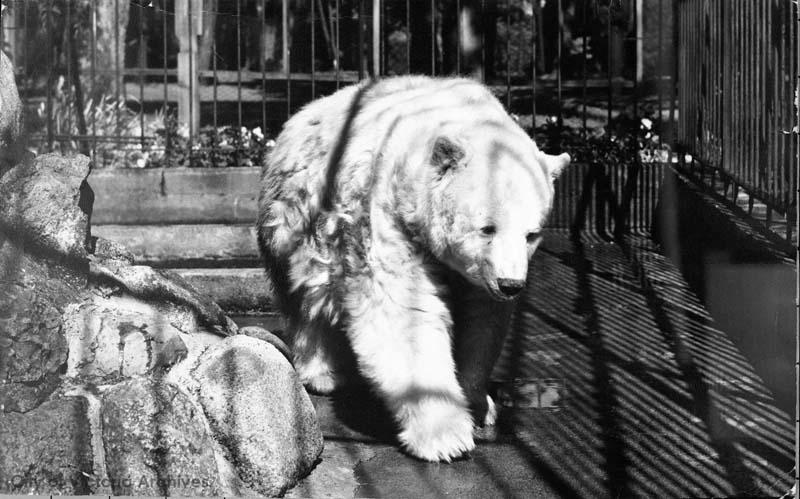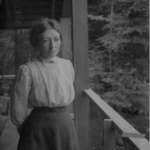One of Victoria’s oldest and most popular attractions for over 100 year has been Beacon Hill Park, and it’s zoo. Since 1985 residents of Victoria, and tourists from across the globe have enjoyed visiting ‘Beacon Hill Children’s Farm’, a small, petting zoo located within the park. This ‘zoo’ however is just a small chapter in the long history of captive animals at the park. The Beacon Hill Park zoo first opened in 1889 originally displaying six deer, a bear, a wolf, sheep, an eagle, two young swans and pheasants. Over the next century the zoo held a range of mammals including bears, beaver, boars, buffaloes, coyotes, deer, lynx, monkeys, mountain goats, sheep, moose, porcupine, wolves, rabbits, raccoons, seals, rats and guinea pigs. It has also been home to numerous species of birds including bald eagles, hawks, owls, cranes, swans, pheasants, ducks, geese, peafowl, vultures, falcons, turkeys, quail, cockatoos, pigeons, jays and magpies.
The first peacock in Beacon Hill Park was purchased in 1891. The population of these birds remained relatively initially, but by 1985, a possible 75 peafowl were recorded in the park. Today numerous peafowl from the parks ground, receiving food, water, and a safe nesting area from the children’s farm.
The locations and numbers of the various cages, pens and pits varied through the years the zoo was operation. Conditions of zoos in the early half of the 20th century were poor and animals generally resided in So-called “modern cages” meant,”…clinically sterile cages, smooth concrete floors and cage furnishings reduced to a stainless steel pole and a cantilevered slab” (Hancocks, p. 76). For 24 years a lone Kermodei bear lived in these conditions until her death in 1948. Still this Kermodei bear is considered to have been in far better off than all previous bears in the Park who had been kept in deep wet holes known as “bear pits”. The last two bears kept in pits were killed in 1909 and the pits discontinued.
As time went by, more of the cities’ population became convinced it was no longer appropriate to hold large mammals in small cages. The numbers of mammals in captivity in the Park began declining in the 1920’s and 1930’s and dipped further in the 1960’s and 1970’s. In 1973, the “Children’s Farmyard” officially opened and completely run by Park staff. The zoo gradually transitioned to only small, temporary animals and birds. Today the only captives in the Park are animals in the privately run Children’s Petting Zoo, open seasonally.
Source:
Ringuette, J. (2004). The Zoo in Beacon Hill Park history: An Overview. “Beacon Hill Park History”. https://beaconhillparkhistory.org/index.htm





